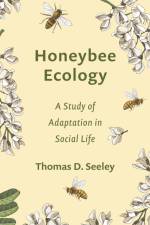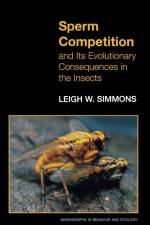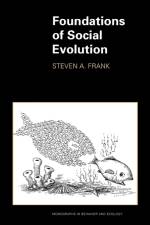1 317
This volume brings together more than a decade of information collected in the field and lab on the naked mole-rat (Heterocephalus glaber), a northeast African mammal unique for its physical characteristics and eusociality. Nearly blind and virtually hairless, naked mole-rats inhabit large subterranean colonies in which only one female and her one to three mates conceive offspring, while the young from previous litters maintain and defend the group as do workers in colonies of the social insects. In this first major treatise on naked mole-rats an international group of researchers covers such topics as the evolution of eusociality, phylogeny and systematics of the rodent family Bathyergidae, population and behavioral ecology and genetics of naked mole-rats in the field, vocal and nonvocal behaviors, social organization and divisions of labor within colonies, and climatic, social, and physiological factors affecting growth, reproduction, and reproductive suppression. In addition to the editors, the contributors are D. H. Abbott, M. W. Allard, N. C. Bennett, R. A. Brett, S. H. Braude, B. Crespi, S. V. Edwards, C. G. Faulkes, L. M. George, R. L. Honeycutt, E. A. Lacey, C. E. Liddell, E. McDaid, K. Nelson, K. M. Noonan, J. O''Riain, J. W. Pepper, H. K. Reeve, and D. A. Schlitter.Originally published in 1991.The Princeton Legacy Library uses the latest print-on-demand technology to again make available previously out-of-print books from the distinguished backlist of Princeton University Press. These editions preserve the original texts of these important books while presenting them in durable paperback and hardcover editions. The goal of the Princeton Legacy Library is to vastly increase access to the rich scholarly heritage found in the thousands of books published by Princeton University Press since its founding in 1905.




























